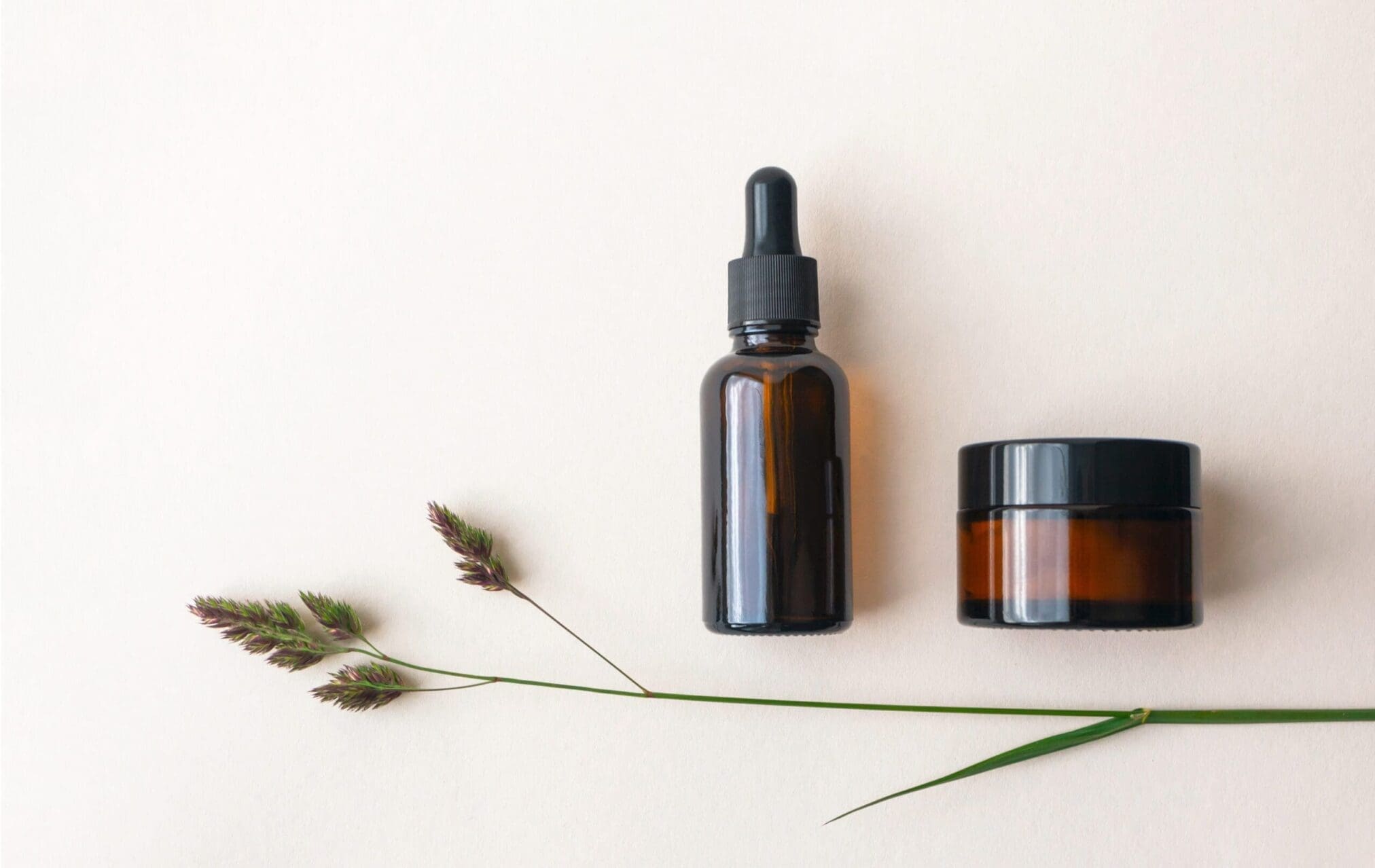The European Commission’s Scientific Committee on Consumer Safety (SCCS) has published its verdict on the use of MBBT [2,2’-methylene-bis-(6(2H-benzotriazol-2-yl)-4- (1,1,3,3-tetramethylbutyl) phenol)] and concluded that the substance, used in its nano form as a UV-filter and at a concentration up to 10% in dermally applied cosmetic products, does not pose a risk of adverse effects in humans after application on healthy, intact skin.
What is methylene bis-benzotriazolyl tetramethylbutylphenol?
Known under the generic name Bisoctrizole, methylene bis-benzotriazolyl tetramethylbutylphenol is an approved UV filter in Europe, being listed in the Annex VI (entry 23) of the Cosmetic Regulation 1223/2009/EC. It is allowed with a maximum concentration of 10% in cosmetic products such as sunscreens, day care products and skin lightening products.
In Europe, sunscreen products are regulated as cosmetics, while in the USA they are considered as over the counter products. In the United States, MBBT can only be used as UV light absorber in cosmetic products. Since the FDA has not yet reviewed the safety and efficacy of Methylene Bis-Benzotriazolyl Tetramethylbutylphenol, it is not approved for use in sunscreen drug products.
What are the recommendations of the SCCS on the use of MBBT in light of the new data provided?
The Committee concluded that, based on the overall weight of evidence provided, the dermal application of nano-sized MBBT with regard to systemic effects is not likely to be a safety concern, providing the following characteristics are met:
- The purity of material has to be at least 98.5%, with the isomer faction not exceeding 1.5%, and the impurity profile similar to the one assessed by SCCS.
- The median particle size of the material is 120 nm or larger (mass based), and/or 60 nm or larger (number based).
- The material complies with the physicochemical specifications of the evaluated material (the one assessed by SCCS) in terms of chemical identity, physical form, chemical composition, solubility, zeta potential, etc.
Two very important notes:
- This Opinion does not apply to such applications that might lead to exposure of the consumer’s lungs to MBBT nanoparticles by inhalation.
- The SCCS may consider revising this opinion if additional evidence will show that the nano-form of MBBT used in cosmetic products can penetrate skin (healthy, compromised, sunburnt or damaged skin) in any significant amounts to reach viable cells.
Are there any further scientific concerns with the use of this substance?
- Irritation effects are possible, hence their monitoring via the cosmetovigilance programs is recommended.
- Due to its high lipophilicity characteristics, the potential bioaccumulation of MBBT in selected tissues is of concern, especially over long-term use.
- Potential environmental effects of MBBT have not been addressed in the current opinion. MBBT is currently classified as Aquatic Chronic 4 H413 (“may cause long lasting harmful effects to aquatic life” according to CLP regulation).
Next steps
Following the procedure, the verdict is now open for comments by applicants, national competent authorities and other interested parties, the deadline being May 29th, 2015, allowing additional perspective and/or clarification on the evaluation, interpretation of the SCCS opinion.
Based on the final decision, the Responsible Persons and cosmetics manufacturers must take the necessary steps for compliancy with the provisions.
Further amendments, based on information provided in response to this call for evidence or subsequent public consultation, might be expected.
If you would like to know more on cosmetics products regulatory compliance, please contact us.


